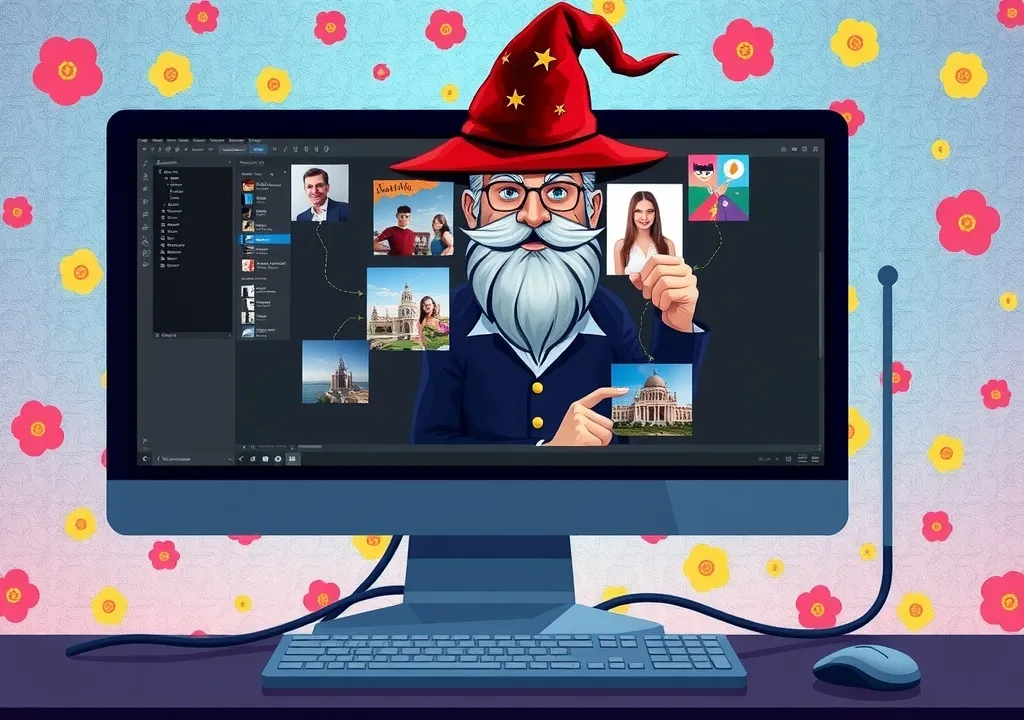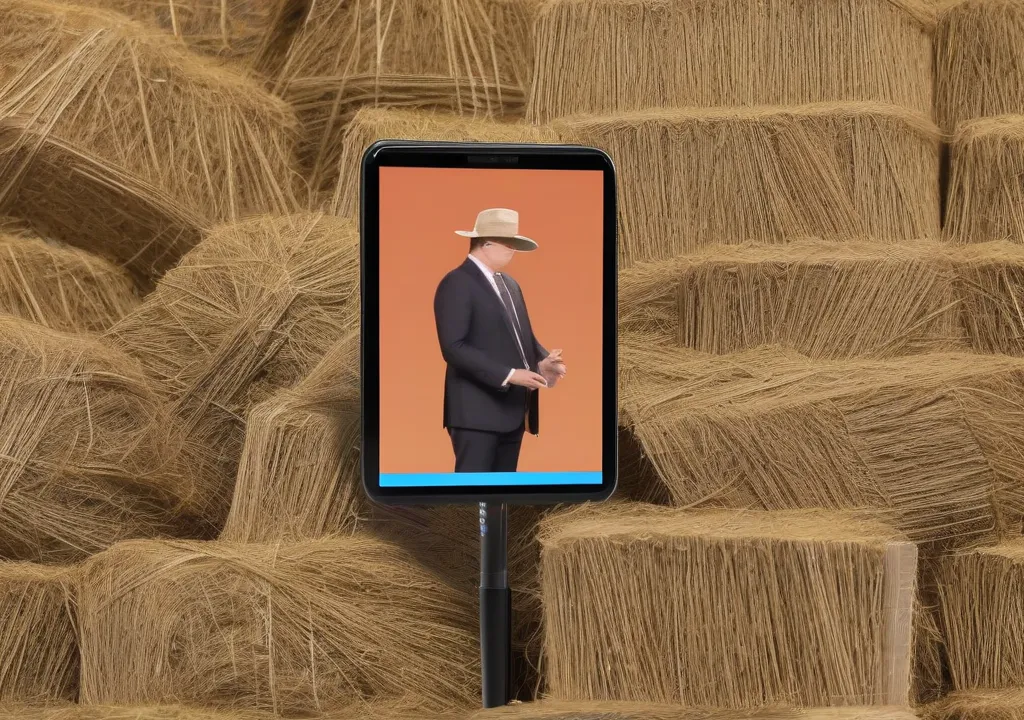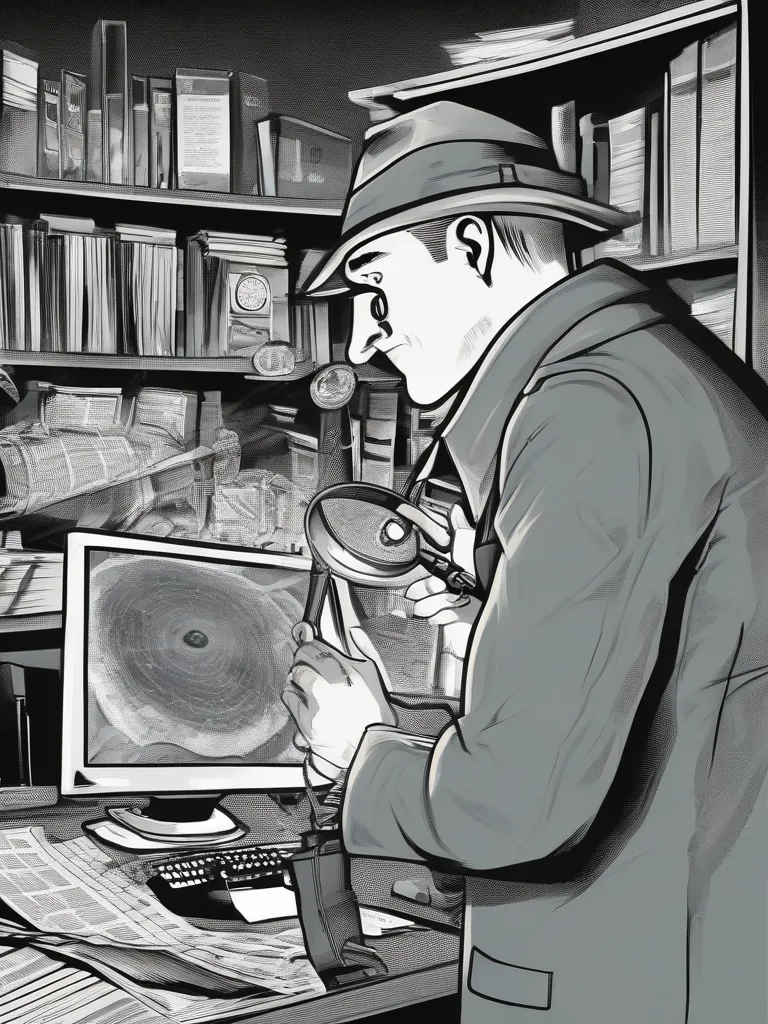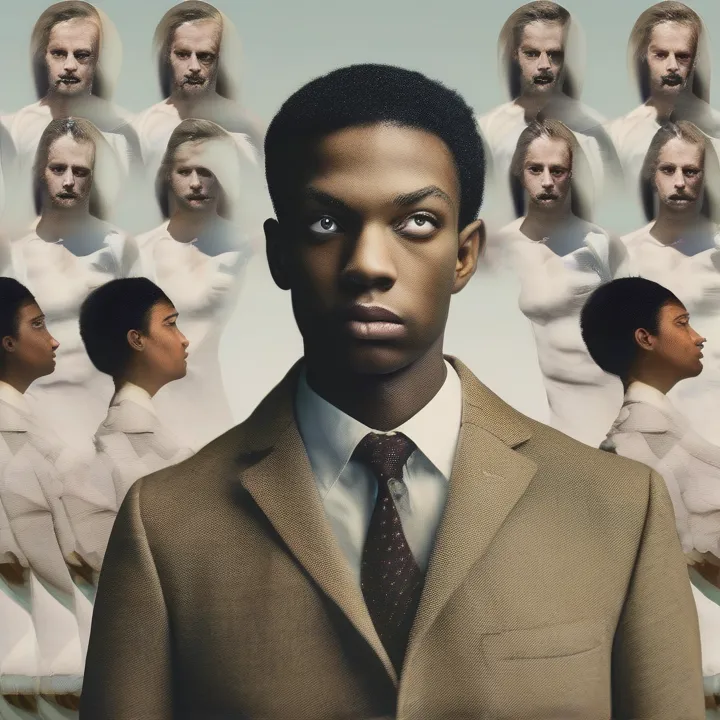Deepfakes have entered our lives, blurring the lines between reality and fiction.
What Are Deepfakes?
Deepfakes use artificial intelligence to create realistic-looking fake images, videos, or audio. They are not just your average Photoshop job. They can make it seem like someone said or did something they never actually did. Imagine a world where your favorite movie star appears in a video, but they never filmed it. That’s the magic—and the danger—of deepfakes. They are created through algorithms that learn from real footage and then generate new content that looks shockingly authentic. A bit like a magician pulling a rabbit out of a hat, but the rabbit is actually a digital replica of someone’s face.
This technology can entertain or deceive. It’s like that moment when you think you saw your friend in a crowded café, only to realize it was a stranger. A brief sigh of relief, right? Well, deepfakes can elicit that same reaction, but with far more serious implications.
- They can mislead people.
- They can harm reputations.
- They can even interfere with politics, as seen in recent elections.

The Good, The Bad, and The Ugly
Not all deepfakes are created equal. Some are harmless fun. Remember the viral video of Nicholas Cage appearing in every movie? It was a lighthearted take on deepfake technology. But then, there are the darker uses. Picture this: someone creates a fake video of a celebrity in a compromising situation. This is where deepfakes turn ugly. It raises questions about consent and privacy. It’s like discovering that someone used your childhood photos to create a meme without asking. Not cool.
The challenge is that as the technology improves, it becomes harder to distinguish real from fake. This is a bit like trying to find a needle in a digital haystack. You might be looking at a video thinking, “That can’t be real!” only to find out it’s been expertly crafted.
- Some deepfakes are just for laughs.
- Others can cause real harm.

Personal Tales of Deepfake Discovery
I remember the first time I encountered a deepfake. It was late at night, and I stumbled upon a video of Barack Obama delivering a speech, but his words were not his own. It was a mix of awe and disbelief. I sat there, popcorn in hand, half-expecting him to break into a dance number. Instead, I was left with this eerie sense of unease. It felt like I had just watched a horror movie where the monster was technology itself.
And that’s the crux of it. Deepfakes can be wildly entertaining, but they can also be unsettling. They remind us of the power of digital manipulation. It’s a bit like watching a magician reveal his tricks—once you know how it’s done, the wonder fades away, replaced by the fear of what else could be manipulated.
How to Spot a Deepfake
So, how do we protect ourselves from these digital chameleons? First, look for inconsistencies. Does the lighting match the background? Are the lips moving in sync with the audio? If it feels off, it probably is. Just like that time you tried to convince your friend you were a fantastic cook, only for them to find out you burnt the toast.
Second, use technology to fight technology. There are tools and software designed to detect deepfakes. It’s like having a digital lie detector. But remember, technology isn’t foolproof. Just as you can’t rely solely on your GPS during a road trip, don’t rely solely on detection tools either.
- Check for inconsistencies.
- Use detection tools, but verify.

The Future of Deepfakes
As we look ahead, deepfake technology will only get better. This is a bit like having a cat that learns new tricks; it’s fascinating but also a tad frightening. Imagine a world where even your grandmother could create a convincing deepfake video of you saying the most embarrassing things. I can already picture the family gatherings.
The key here is education. Understanding what deepfakes are and how they work can empower us to navigate this digital landscape. It’s not just about avoiding the traps; it’s about embracing the creativity of the technology while being aware of its pitfalls.
- Education is crucial.
- Awareness keeps us safe.
Final Thoughts
Deepfakes are a fascinating blend of art and deception. They hold the power to entertain and mislead. As we explore this digital realm, let’s stay informed and vigilant. After all, in the world of deepfakes, seeing is not always believing. So, the next time you watch a video online, remember: it might just be a clever trick, waiting to pull the wool over your eyes.
